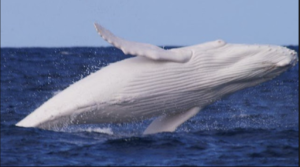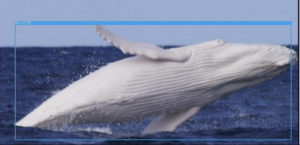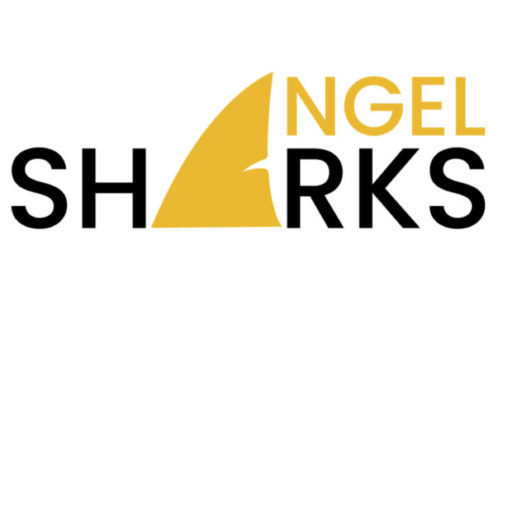A separate app is being written to test our Maine Mammal computer vision AI. All encounters with Marine Mammals must be reported yet it’s suspected less than 8% are it is believed. The current Marine Mammal protection act is too cumbersome for Our fishing fleet so with an AI APP tool we hope to encourage the reporting with more accurate data being shared.
https://www.fisheries.noaa.gov/topic/marine-mammal-protection
Below is a small set we used to train our AI to recognize the different species under different lighting etc. prior to our Work a Whale of Dolphin picture breeching always identified as a bird because of the sky. we eliminated the sky and watercolors to allow real-time AI process offline. no cell signal or internet connection is now needed. the photos are saved and a report is automatically generated and uploaded to share the Science data with researchers.
our internal real-time object recognition is used to alert shellfish farms on their dashboard of marine mammal sightings the Smart Buoy can store these photos and reports for later transmission allowing the Mesh FOG AI to move relevant sensor data from your Farm.
raw photo

A bounding box is added when animals are identified

Angel Sharks used a small training set for this demo some labeled data and others unlabeled fas a real-world demo.












